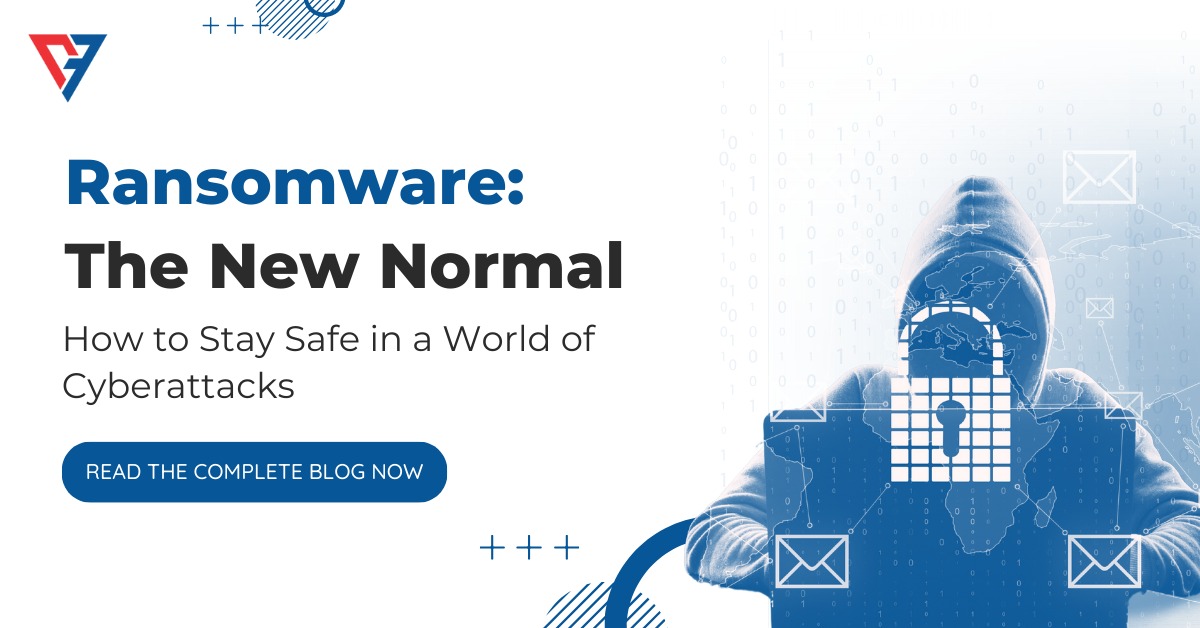
Ransomware attacks have become a significant threat to small businesses, with the number of incidents increasing rapidly over the past few years. In 2024, India saw a significant rise in phishing attacks, with 1.39 million cyberattacks handled by the Indian Computer Emergency Response Team (CERT-In). The recent attack on HCLTech, a major IT company, highlights the vulnerability of even large organizations to ransomware attacks. In this blog post, we will explore the latest trends in ransomware attacks, the tactics used by cybercriminals, and effective strategies for prevention and response.
Ransomware is a type of malware that locks and encrypts a victim’s data, files, devices, or systems, making them inaccessible and unusable until a ransom is paid. It works by infiltrating a system through various means such as phishing emails, Remote Desktop Protocol (RDP) vulnerabilities, or software exploits. Once inside, the malware encrypts the files and demands a ransom payment in exchange for the decryption key. The ransomware lifecycle typically includes six stages: malware distribution and infection, command and control, discovery and lateral movement, malicious theft and file encryption, extortion, and resolution.
Recent ransomware attacks have highlighted the evolving tactics and techniques used by cybercriminals. One of the most notable attacks was the BlackCat ransomware attack, which targeted several major companies, including a US-based healthcare provider and a UK-based financial institution. The attack used a new BlackCat ransomware variant, designed to evade detection by security software.
There are several types of ransomware attacks, each with its own unique characteristics and tactics. Some of the most common types of ransomware include:
1. File-based ransomware: This type of ransomware encrypts files on a victim’s computer, making them inaccessible until a ransom is paid.
2. Boot-record ransomware: This type of ransomware encrypts the boot record of a victim’s computer, making it impossible to boot the system without paying the ransom.
3. Locker ransomware: This type of ransomware locks a victim’s computer, preventing access until a ransom is paid.
Cybercriminals use several tactics to carry out ransomware attacks, including:
1. Phishing emails: Cybercriminals use phishing emails to trick victims into opening malicious attachments or clicking on links that download ransomware.
2. Drive-by downloads: Cybercriminals use drive-by downloads to infect victims’ computers with ransomware when they visit compromised websites.
3. Exploiting vulnerabilities: Cybercriminals exploit vulnerabilities in software or operating systems to gain access to a victim’s computer and install ransomware.
Preventing and responding to ransomware attacks requires a multi-layered approach. Some effective strategies include:
1. Regular backups: Regular backups of critical data can help ensure that data is not lost in the event of a ransomware attack.
2. Security software: Installing and regularly updating security software can help detect and prevent ransomware attacks.
3. Employee education: Educating employees on the risks of ransomware attacks and how to prevent them can help reduce the risk of an attack.
4. Incident response plan: Having an incident response plan in place can help ensure a swift and effective response to a ransomware attack.
5. Communication Plan: Developing a communication plan can help ensure that stakeholders are informed and prepared in the event of a ransomware attack.
6. Disaster Recovery: Having a disaster recovery plan in place can help ensure business continuity in the event of a ransomware attack.
7. Risk Assessment: Conducting regular risk assessments can help identify potential vulnerabilities and develop strategies to mitigate them.
8. Continuous Monitoring: Continuously monitoring systems and networks can help detect and respond to ransomware attacks in real-time.
9. User Access Control: Implementing strong user access controls can help prevent unauthorized access and reduce the risk of a ransomware attack.
10. Vulnerability Management: Regularly scanning for and patching vulnerabilities can help prevent ransomware from exploiting weaknesses.

Ransomware attacks are a significant threat to small businesses, and it is essential to stay informed about the latest trends and tactics used by cybercriminals. By understanding the types of ransomware, the tactics used by cybercriminals, and effective strategies for prevention and response, small business owners can reduce the risk of a ransomware attack and minimize the impact if an attack does occur.
Notifications